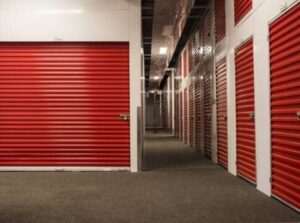Would you like a magic closet in your city? That’s when 迷你倉 really shines. It’s like a smaller version of traditional ministorage, and it’s the best spot for your extra goods. Most of the time, ministorage has smaller units. It’s not about having a lot of loading docks or garages. You can discover lockers, small units, or one-of-a-kind urban storage spaces. Sometimes, abandoned office buildings or shipping containers have been repurposed into storage spaces. If you think your apartment is smaller because you have too many winter shoes, this is a clue.

But traditional self-storage tends to stretch out. Think of large driveways, big lots on the outskirts of cities, and rows of doors that roll up. These storage options are ideal for families moving from one home to another, businesses that need to maintain track of their items, or homeowners. You will get bigger units, more parking for vehicles, and occasionally access all the time.
Ministorage spaces aren’t simply about how big they are. They are often in the midst of the city or in a busy area. That’s good if you simply need to store a few boxes, seasonal gear, or bikes because you don’t have to walk to the edge of town. It’s easy to get to, which saves time, gas, and difficulty. People normally pay their rent every week or month. There are no 12-month contracts that you have to sign. Are you flexible enough to live in the city? Check.
In short, whether you pick ministorage or standard self-storage depends on how much stuff you have, how close you want it, and how often you need it. Both options let you get rid of stuff you don’t need, but one pair of shoes fits like your favorite sneakers while the other pair of boots is bigger for folks who need more room.